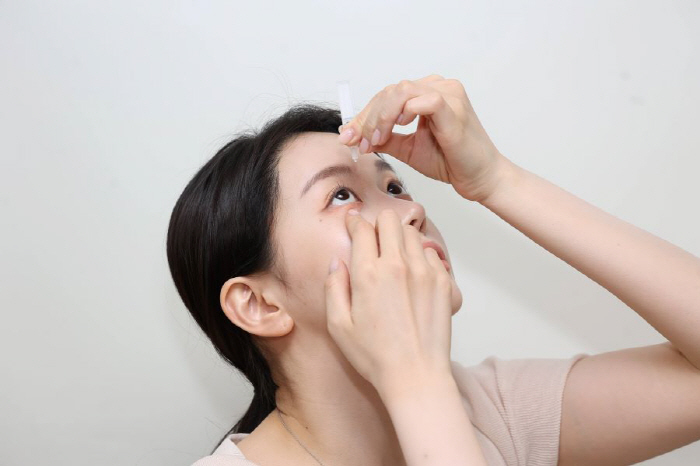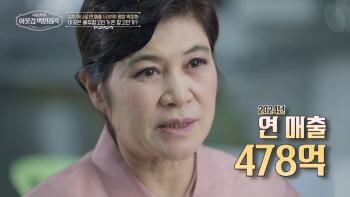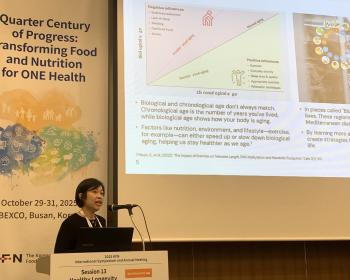Suspect conjunctivitis if you have itchy and bloodshot eyes in spring, and how to manage them?
Apr 18, 2025
|
It is a season when temperatures rise and outdoor activities increase, but at the same time, it is a time when red flags are turned on for eye health. In particular, allergic conjunctivitis and dry eye are typical eye diseases that frequently appear in spring, requiring early diagnosis and appropriate treatment when symptoms appear, and prevention and management in daily life are more important than anything else.
Conjunctivitis is a disease that causes inflammation of the conjunctiva of the eye. According to the Health Insurance Review and Assessment Service, the number of patients treated for conjunctivitis increased by about 33% from an average of 416,933 between December 2023 and February 2024, to 555,952 between March and May 2024.
Among them, allergic conjunctivitis occurs when allergic substances come into contact with the conjunctiva, which is associated with various air-borne allergic antigens, and spring yellow dust, fine dust, and pollen are known as representative triggering antigens. The symptoms of itching and conjunctival congestion are typical, and symptoms such as foreign body sensation, tears, dazzling, and sticky mucinous eyeballs may also appear.
In order to prevent allergic conjunctivitis, it is recommended to avoid going out on days with severe fine dust or pollen, and to protect your eyes by wearing glasses or sunglasses when you go out. It can also be helpful to wash away foreign substances in your eyes through eye drops and wash pillows and blankets that come close to your eyes frequently. If you have itchy symptoms, you should refrain from rubbing your eyes as much as possible and use a cold compress to relieve symptoms. If the itch persists to the point where daily life is uncomfortable, visit an ophthalmologist and get an appropriate medicine.
Unlike allergic conjunctivitis, epidemic keratoconjunctivitis is contagious and develops after an incubation period of about a week. Symptoms such as transparent secretions and eye boogers appear, and most of them improve naturally without any aftereffects, but in some cases, corneal confusion and gumball adhesion (the symptoms of sticking to the eyelids and eyes) may occur. Prescribing antibiotics and steroid eye drops will help relieve symptoms. Since epidemic keratoconjunctivitis is highly contagious, it is recommended to separate items used from others, such as washing hands and using soap and towels separately.
Dry weather and fine dust during the change of seasons may cause dry eyes to appear or worsen. If fine dust enters your eyes and you feel a tingling sensation, it is recommended to wash your eyes with saline or artificial tears. Be careful because rubbing your eyes with your bare hands or washing your eyes with salt water may worsen your symptoms, and it is important to wash your contact lenses more thoroughly on days when yellow dust is severe when using contact lenses.
In order to compensate for the lack of ingredients and amount of tears, eye contact with artificial tears can also be helpful, and when choosing artificial tears, it is recommended to consider the presence or absence of preservatives, viscosity, and ingredients. If symptoms are repeated frequently, it is effective to identify underlying causes such as tear film conditions and eyelid inflammation through ophthalmic treatment and receive customized treatment such as anti-inflammatory treatment or eyelid cleanliness management if necessary.
Koh Kyung-min, a specialist at the Corneal Center at Kim Ophthalmology Hospital, emphasized that "As external stimuli caused by fine dust and pollen increase in spring, habits for eye protection are important in everyday life" and that "if symptoms appear, the best way to prevent the aftereffects is to seek early ophthalmological treatment rather than self-treatment."
This article was translated by Naver AI translator.














